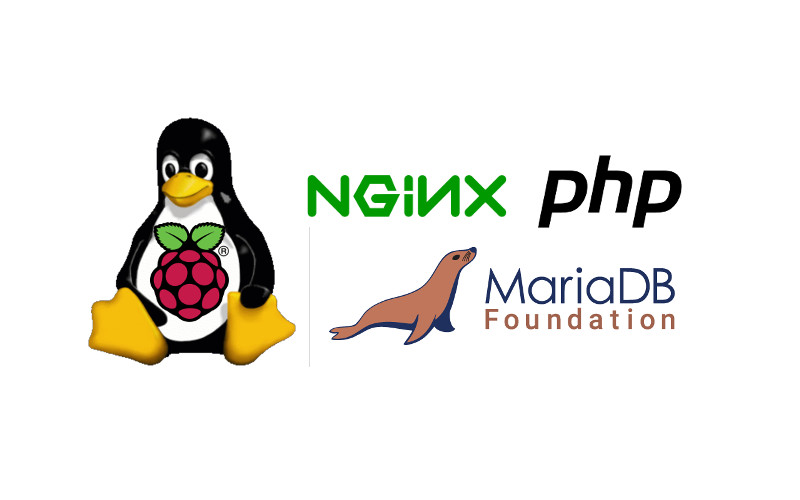Easy and effective ways for programmers’ websites to earn money
When you have work as a software developer, you will encounter many problems that you spend quite some time solving. For example, if you are looking to setup a Raspberry Pi web server to host your PHP application, you may take hours.
On the other hand, you may spend time in finding the parts needed to build a camera prototype that take pictures at the push of a button.
As I had said in why should programmers blog, blogging enables you to revisit your past solutions to solve current problems.
In addition, when you had written a good number of articles, the Internet will probably reward you with substantial viewership.
At this point in time, you may probably think of ways to earn some money to pay the running costs of your website.
So what are some easy and effective ways for programmers’ websites to earn money? In case you are a programmer who owns a website, here are some easy and effective ways to earn money.


Follow us